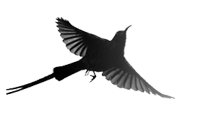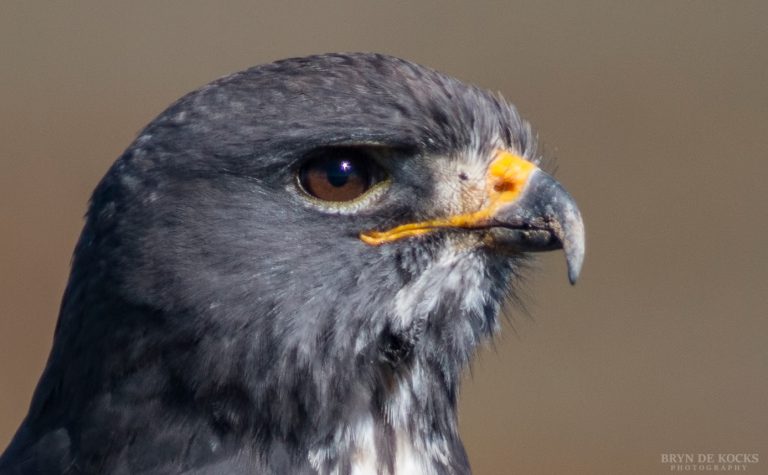Differentiating Little Egret and Snowy Egret
In South Africa we encounter countless amounts of Little Egrets out in the field. They are a common bird which are typically found in shallow areas of water, both salt and fresh water. When compared to our other Egrets; it’s a fairly straight forward identification process. With that said, when one throws into the mix the possibility of the vagrant Snowy Egret, a bird which has been recorded on South African soil; it becomes a whole lot more tricky.
Size Difference
In most cases, size is an extremely difficult to judge. You essentially need the two species standing next to each other to be able to identify whether the bird is smaller than the other. In the case of the Snowy and Little Egret; the Little Egret is usually slightly larger in size, by an average of 6 centimeters. The average weight of a Little Egret is also generally about 100 grams more than the Snowy Egret. The difference in size between the two birds is enough to be noticeable should they be standing next to one another, however with just 6 centimeters between them, it would prove tough to use size as an accurate identifier.
Head & Bill Colouration
When differentiating Snowy Egret and Little Egret, the head and bill are extremely useful for getting a feel of the species. In our common Little Egret, you will see a pale yellow iris in combination with either a grey or a light green/yellow lore. The lore of the bird changes with its breeding plumage, as well as with age; so you should be sure to first try determine the age of the bird you are identifying.
Little Egret Lore
Breeding: A green/yellow appearance during breeding plumage. Distinctly different from Snowy Egret.
Non-Breeding: A dull yellow or sometimes grey appearance.
Juvenile: Very dull / grey lores, noticeably different in many cases from adult birds.
Snowy Egret Lore
Breeding: As the Snowy Egret enters its breeding plumage, the lore of the bird becomes more orange and red. Distinct from any Little Egret.
Non-Breeding: Bright yellow lore in non-breeding birds.
Juvenile: While certain individuals can retain the grey appearance for longer than others, the early grey appearance of the lore is generally gone once the bird has fledged, and in most cases the bird will then have visible bright yellow in the lore; at least partially.
As you can see, the lore play a very useful role in differentiating Snowy Egret from Little Egret, and although in itself it is not capable of providing a confirmation on ID, it can be used in combination with other diagnostics.
Additionally, Michael Mason suggested the following information regarding the base of the bill and plumes on the head:
“It may be worth adding something about the patch of yellow skin at the base of the bill, that seems to extend over the base of the bill (almost like a saddle). This affects the shape made by the feathers approaching the culmen: being rounded/crescent-shaped (Snowy) rather than pointy (Little).
Much is also made of the length of plumes being longer in Little, but I am uncertain that this is as useful when trying to pick out one Snowy from many Littles. It might be more useful when hunting for one Little amongst many Snowys.“
The Eyes
A topic that is far more simple than the lores, the iris of the Snowy and Little Egret are different in that the Little Egret will have a paler eye than a Snowy Egret. That isn’t to say that all Little Egrets share the exact same eye colour, and especially depending on the light; one may encounter a brighter looking eye than one would expect. This is why the eye should simply act as one of many different diagnostic methods that should be used.

The Legs & Feet
The legs and feet of these Egrets are rather telling, and in many cases act as the crux of the identification; however, that isn’t to say that there aren’t some complexities that lie within it.
Adult Little Egrets have black legs, with yellow feet. Snowy Egrets however, show not only yellow on the feet. They also show extensive yellow or a light greenish/grey colour along the back of the legs. If you’re able to establish that your bird is an adult, you can easily use this colouring as a pretty reliable diagnostic. Of course, you’d want to pair it with your assessment of both the lore and the iris, but if your bird has a bright yellow lore, iris and has light colouration on the back of the legs… Well, then it may be time to pay it some serious interest.
The young a Little Egret is, the lighter the legs are. As they age, their legs become darker. This is where it can become a little tricky, and there is still the possibility of a young Little Egret having light colouration on the legs, in conjunction with the typical black colouration. This again though is fairly easily resolved, by looking at the iris and lore of the bird. These younger Little Egrets which show the yellow on areas of the legs are likely to retain the dull, grey looking lore.
Behaviour
A paper was published in 2007 titled “Sympatric Foraging of Little Egrets and Snowy Egrets in Barbados, West Indies”, which saw the study of Little Egret and Snowy Egret on the island of the Barbados in the Caribbean. The study sought to identify unique aspects of foraging between the Little Egret and the Snowy Egret. In short, the study concluded that there were foraging differences between the two species with the Little Egret being more prevalent to areas lacking vegetation; it was also more active in the feeding. Perhaps the most noteworthy aspect form an identification point of view was that the Little Egret tended to feed in a more upright position to that of the Snowy Egret.










